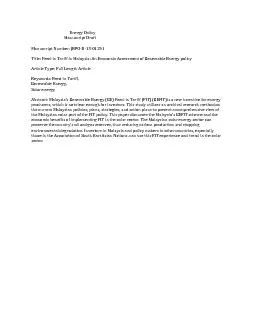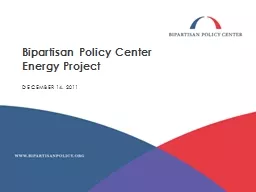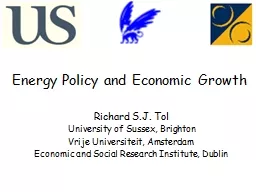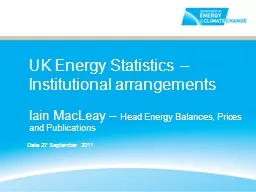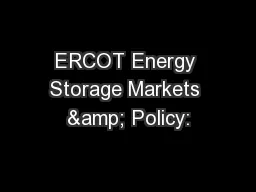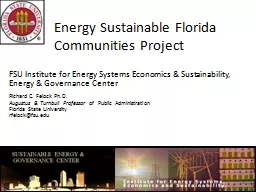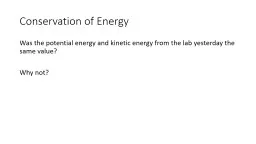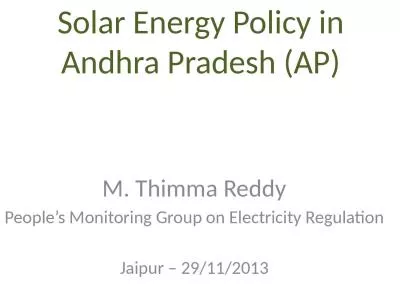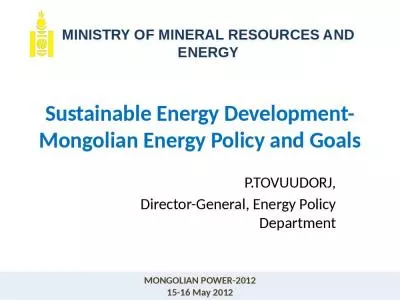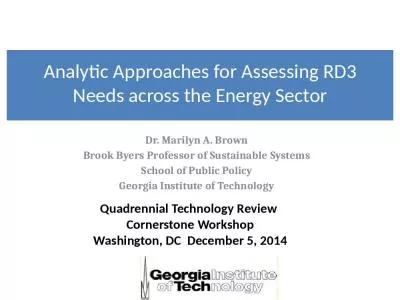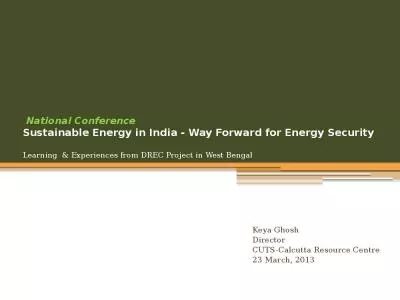PDF-Energy Policy
Author : joanne | Published Date : 2021-06-30
Ref JEPO D 13 01251 Title Feed in Tariff in Malaysia An Economic Assessment of Renewable Energy policy Dear Editor Thank you for your kind attention We have
Presentation Embed Code
Download Presentation
Download Presentation The PPT/PDF document "Energy Policy" is the property of its rightful owner. Permission is granted to download and print the materials on this website for personal, non-commercial use only, and to display it on your personal computer provided you do not modify the materials and that you retain all copyright notices contained in the materials. By downloading content from our website, you accept the terms of this agreement.
Energy Policy: Transcript
Download Rules Of Document
"Energy Policy"The content belongs to its owner. You may download and print it for personal use, without modification, and keep all copyright notices. By downloading, you agree to these terms.
Related Documents

